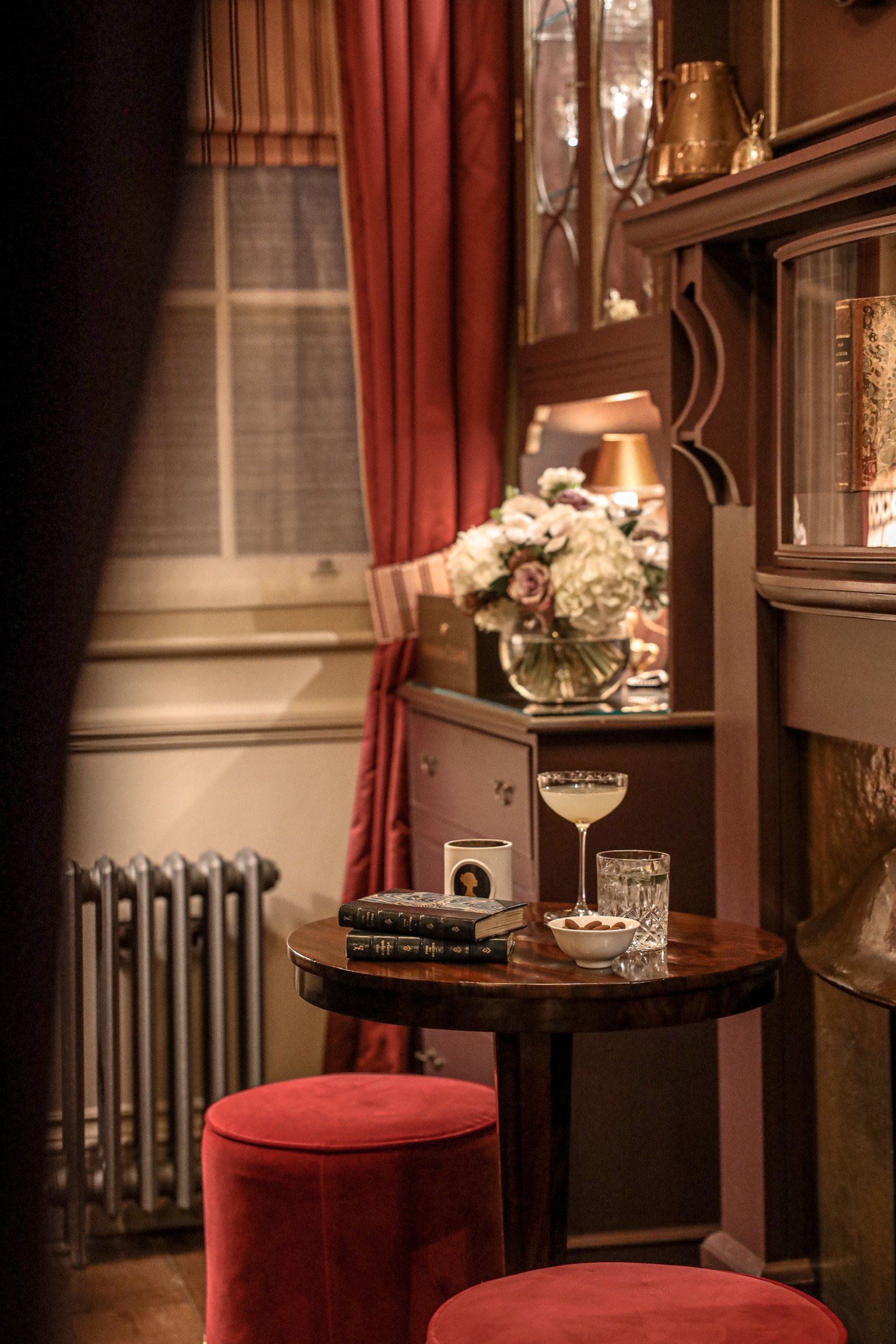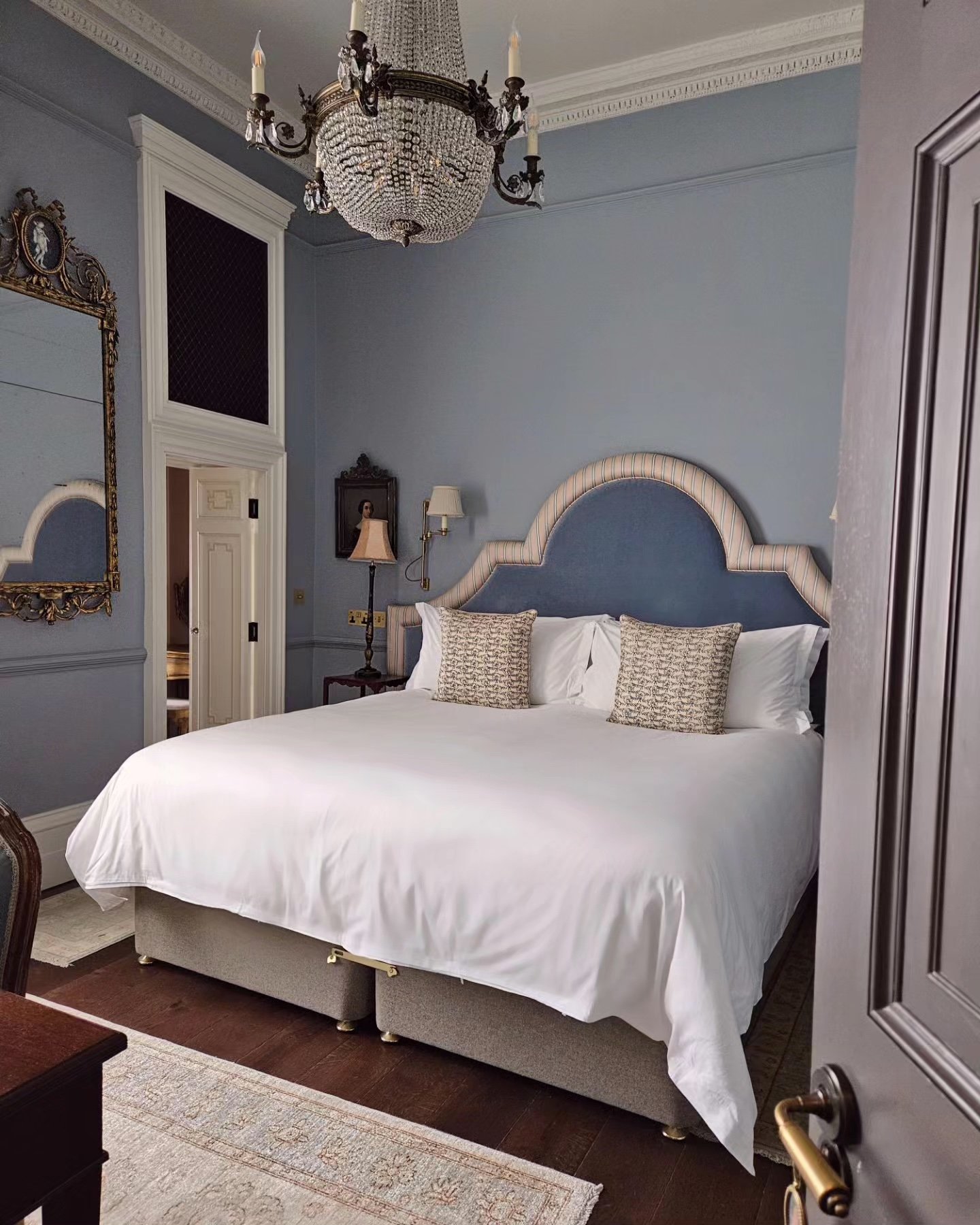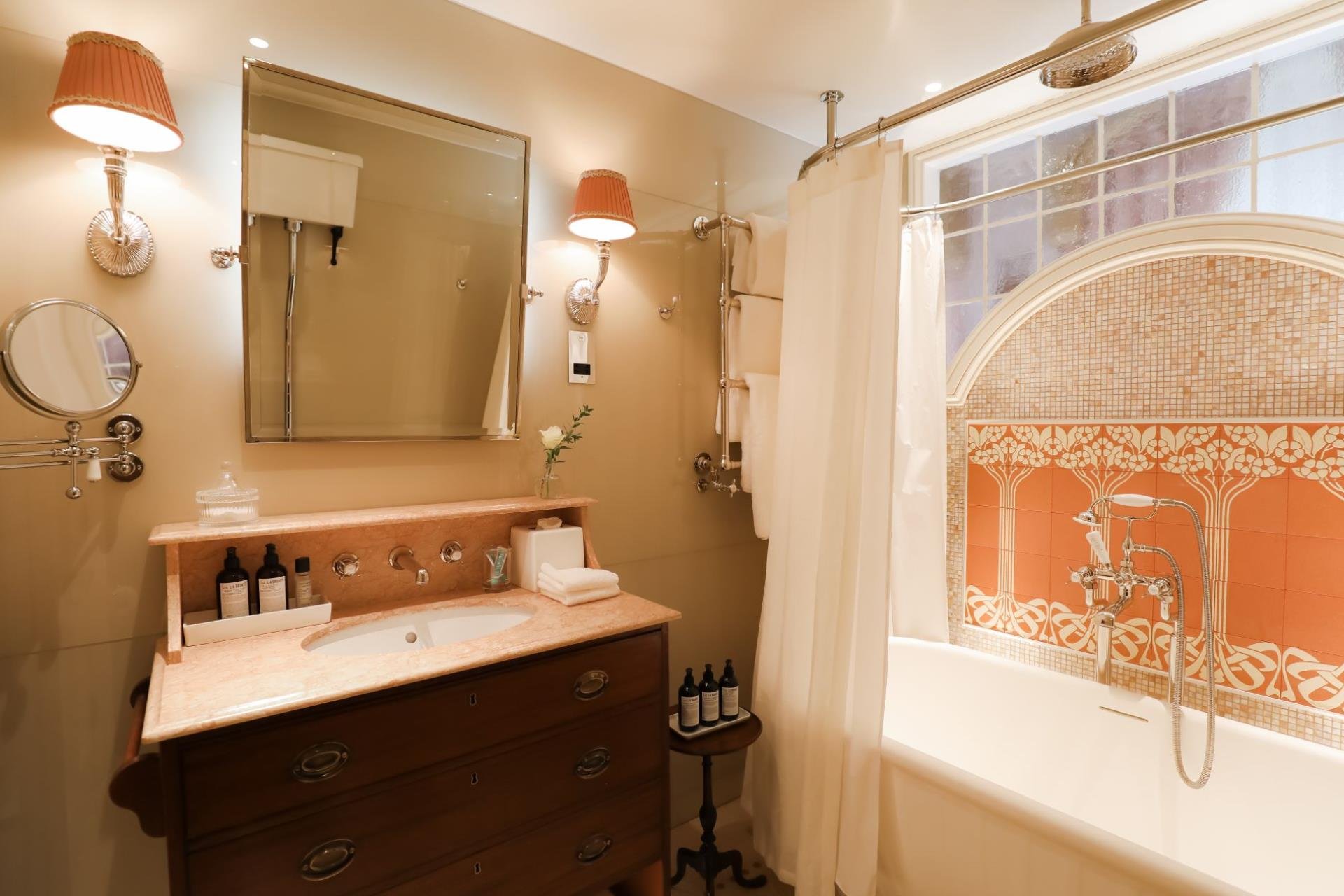Jane Austen's London - Traverse The Big City Loved By The Celebrated Author
Jane Austen is one of the most famous and beloved writers in the canon of English literature, thought by many to be rivalled only to Shakespeare.
As Alfred, Lord Tennyson penned in 1870: ‘Miss Austen understood the smallness of life to perfection. She was a great artist, equal in her small sphere to Shakespeare…’
Today, 200 years after her death, Jane Austen’s six completed novels – Sense and Sensibility, Pride and Prejudice, Mansfield Park, Emma, Northanger Abbey and Persuasion – are renowned and treasured around the world.
They have been translated into dozens of languages and are regularly adapted for film, TV and theatre.
They have bred sequels, prequels and spin-offs, and there are innumerable festivals, clubs and societies in her honour.
Take a trip with us to London and discover a few of the author’s most adored places to frequent, her home away from home in Marylebone and see some of her precious relics dotted around the big city.
Dine like jane in Regency London
When Jane wasn’t celebrating the ceremony and pageantry of an exquisite afternoon tea in The Pump Room in Bath, when she was in London Jane would often be at Drury Lane theatre where she took afternoon tea.
Surrounded by elegance from the moment you enter, the Grand Saloon features dazzling chandeliers, ornate ceilings, beautiful furnishings and fine art.
Taking inspiration from the theatre, as well as the popular Regency period, Afternoon Tea in the Grand Saloon is served on custom fine bone china featuring mythical characters designed by British interior designers Kit and Willow Kemp.
The menu is a combination of sweet treats from renowned ‘Queen of Cakes’ artisan baker and cake designer Lily Vanilli, and savoury delights from their house chefs.
Afternoon Tea is available from 12pm - 5:30pm Monday - Sunday.
Image provided by the National Portrait Gallery - Jane Austen c.1810 by Cassandra Austen (1773–1845)
See jane through the eyes of her sister
Jane was the daughter of George and Cassandra who raised a large family of eight children.
She was closest to her sister, Cassandra, who produced the only authenticated picture of Jane Austen - the unfinished pencil and watercolour sketch, above, which is now a treasure of the National Portrait Gallery.
Cassandra also painted a watercolour of Jane in a blue dress with her face playfully hidden by a bonnet.
As teenagers, she and Jane were collaborators, with Cassandra illustrating Jane’s ‘A History of England’ with characters that are funny and beautiful, if not accurate.
The sketch is the only reasonably certain portrait from life to show Austen’s face.
Jane’s sketch is on display in Room 5 on Floor 3 at the National Portrait Gallery.
© Bridgeman Images
Take in a show at drury lane
Jane loved writing; that much we know, but rivalling this was her love of theatre. Drury Lane to be precise.
It was Saturday, March 5, 1814 - the night of Edmund Kean’s performance as Shylock in William Shakespeare’s The Merchant of Venice.
Jane was in attendance and wrote to Cassandra about the show three days prior: “Places are secured at Drury Lane for Saturday, but so great is the rage for seeing Keen that only a 3rd & 4th row could be got. As it is in a front box, however, I hope we shall do pretty well.—Shylock.—A good play for Fanny. She cannot be much affected I think. . . . The two vacant places of our two rows, are likely to be filled by Mr Tilson & his Brother Genl Chownes.”
The Austens were registered in Drury Lane’s Box Book under what was most likely the name of her brother Henry Thomas Austen (“Mr. Austin”).
As her letter states, they were in the “3d & 4th row” of what is now identifiable as Stage Box number 13, on the “Prince’s Side” of the auditorium.
The historic Grade 1 listed Theatre Royal Drury Lane has also recently been restored to its former 1812 glory and reimagined as a new destination for entertainment, food, bars, art and culture, so the iconic interiors can be enjoyed by everyone, not just theatregoers.
Stay at the townhouse where she penned parts of Sense and Sensibility
While we know Jane was in London relatively infrequently, it was with her brother, Henry, who she stayed with while she was in town.
Henry lived in many different apartments and houses in London, and his home in Marylebone was one of Jane’s favourites due to its proximity to Drury Lane Theatre.
You’d be forgiven for walking past Henry’s Townhouse on a stroll through Marylebone; the renovated boutique hotel is unassuming from an outsider’s perspective.
But look a little closer, ring the doorbell, and you’ll be transported into an exquisitely intimate homage to the Austens.
Enclosed behind a glossy black door, the townhouse harbours six beautiful bedrooms, an immaculate reception room and a glitzy event space dubbed ‘Monsieur Halavant’s Pantry’.
Each room has been handsomely reimagined by husband-and-wife owners Steven and Jane alongside acclaimed interior designer Russell Sage, with Regency refinement firmly on the agenda.
Throughout his life, Henry played a significant role in supporting his famous sister, Jane, and her literary pursuits. He acted as her literary agent, helping her negotiate with publishers and get her works into print.
It is said she penned parts of Sense and Sensibility here, no doubt atop the portable writing box gifted to her by her father, Reverend George Austen.
You’ll have a hoot of a time with Ann Grimes, House Manager at Henry's Townhouse; her tales of the fun and raucous soirees held in Monsieur Halavant’s Pantry and of royalty and celebrity guests come to stay from far-off lands, entertained us most of the afternoon.
A night’s stay at Henry’s Townhouse is the closest you’ll get to Jane Austen in our opinion; bedrooms unoccupied are often left open after hours - just like if you were in your home - Henry’s home.
While not as well-known as Jane, his contributions to her success should not be underestimated. He remains an important figure in the Austen family's history and the literary legacy of Jane Austen.
take in a plaque unveiled in her honour
While we know Jane was buried in Winchester Cathedral in Hampshire, a small tablet was unveiled by The Jane Austen Society in her memory at Poets' Corner, Westminster Abbey, on 17th December 1967.
The polished Roman stone tablet, designed by the Abbey's Surveyor S.E. Dykes Bower, is on the wall adjacent to Shakespeare's memorial. She died in Winchester on 18th July 1817.
See the glasses jane wore while writing her novels
Along with Jane’s very own reading glasses is a mahogany writing desk gifted to her in 1794 by her father, Reverend George Austen. This very personal item is on display at the Permanent Treasures exhibition at the British Library.
Many a renowned novel could have been written upon this very desk; between 1795 and 1799, Austen produced first drafts of what would later become Sense and Sensibility, Pride and Prejudice and Northanger Abbey.
Her ‘portable writing box’ and glasses were passed down through the generations until 1999, when her family donated them to the British Library.
drink with jane at the oldest tea shop in london
Jane’s favourite tea shop in London, Twinings has been at the same premises on the Strand since 1706.
When she stayed with her brother Henry in 1814 she wrote to her sister: “I am sorry there has been a rise in tea. I do not intend to pay Twining til later in the day, when we may order a fresh supply.”
Jane was often asked by her mother to buy tea here; Twinings’ shop on The Strand was one of the first coffee/tea establishments where women were welcomed.
































